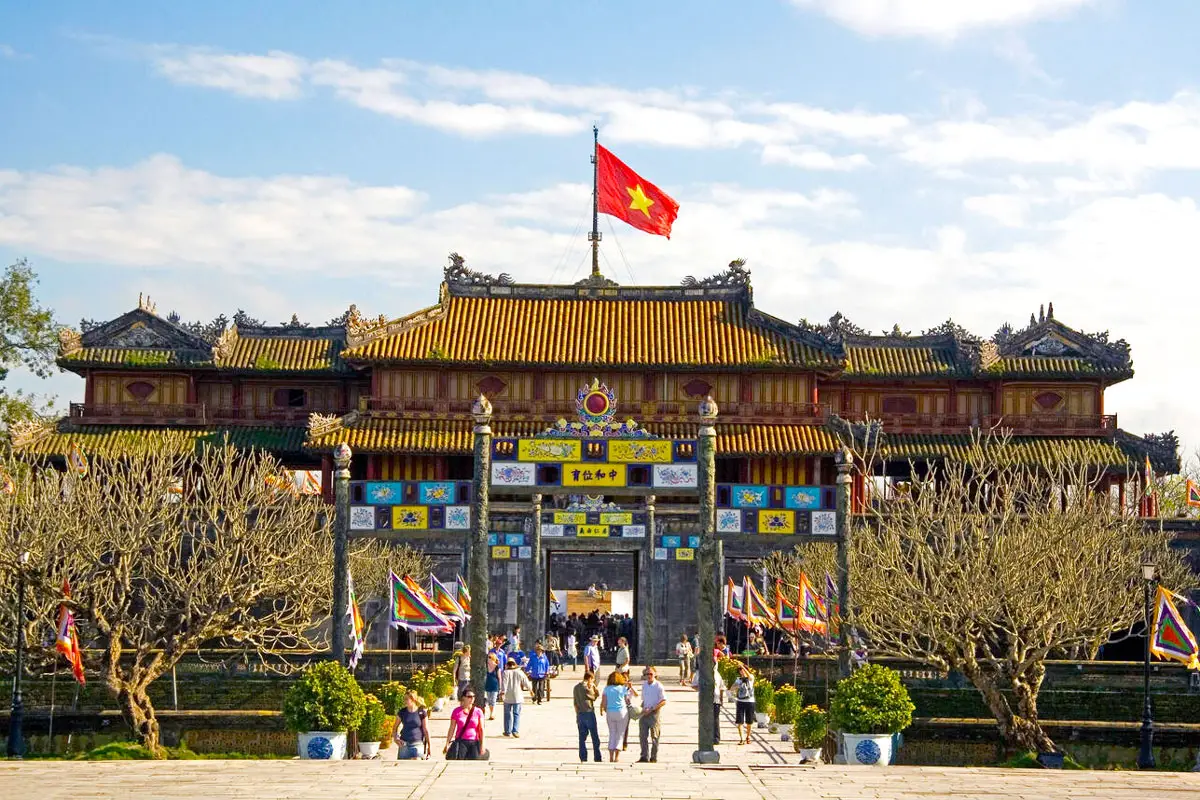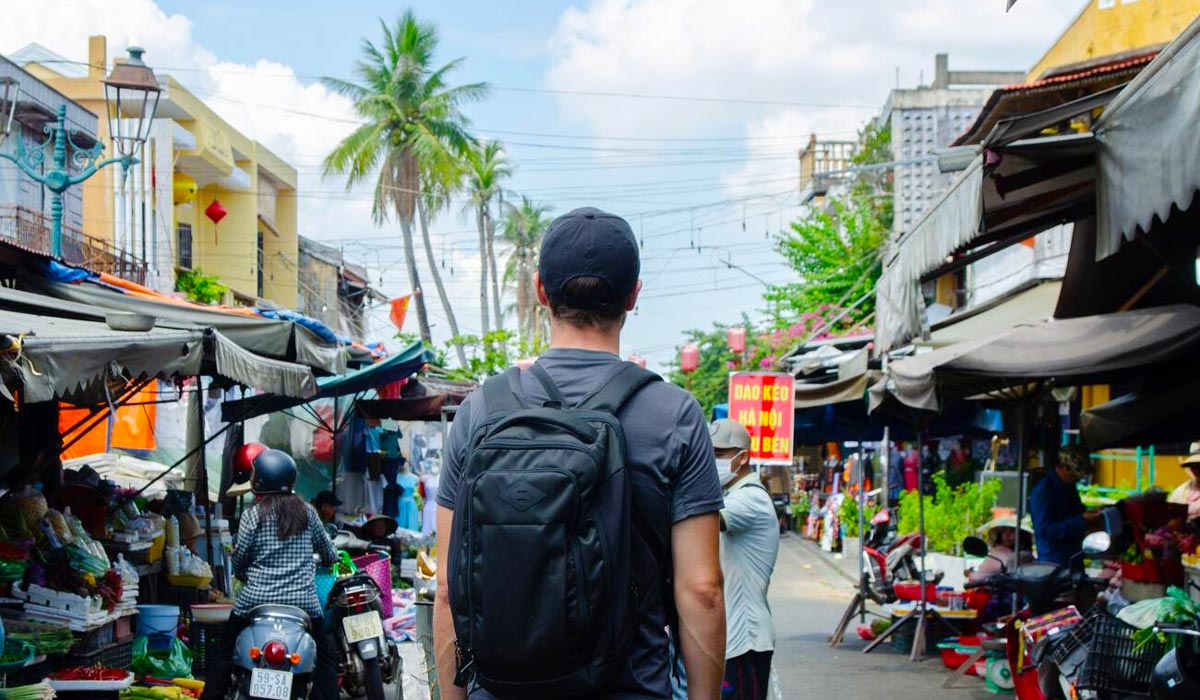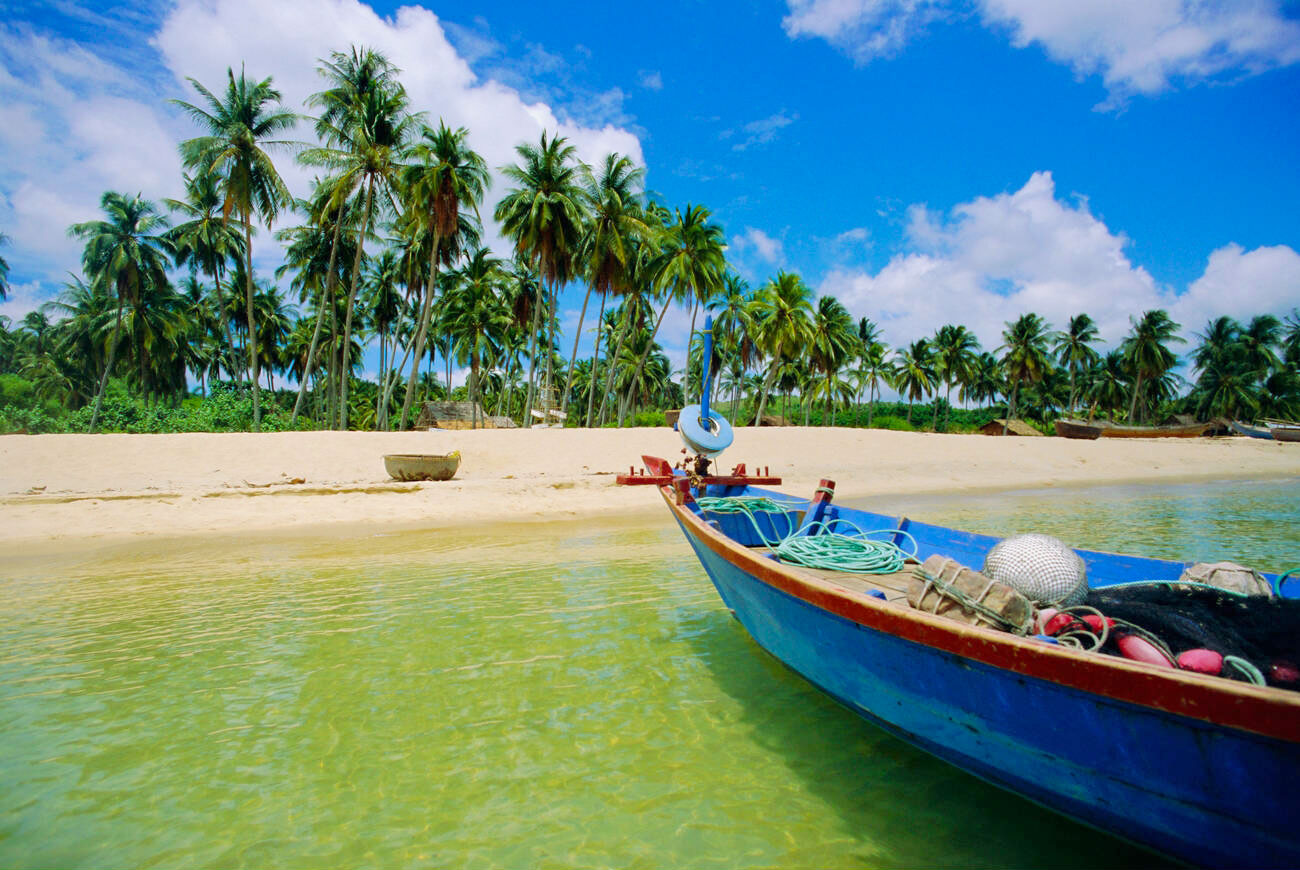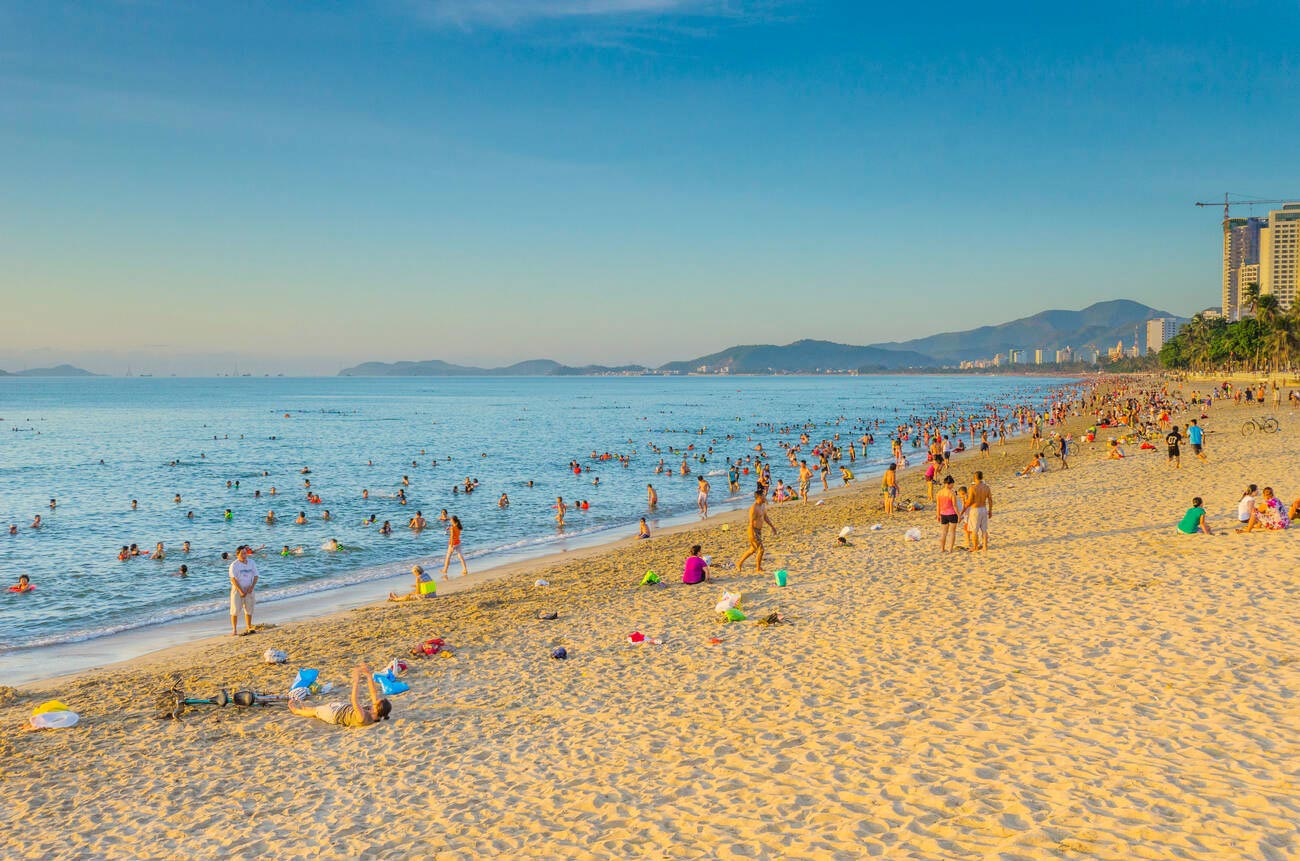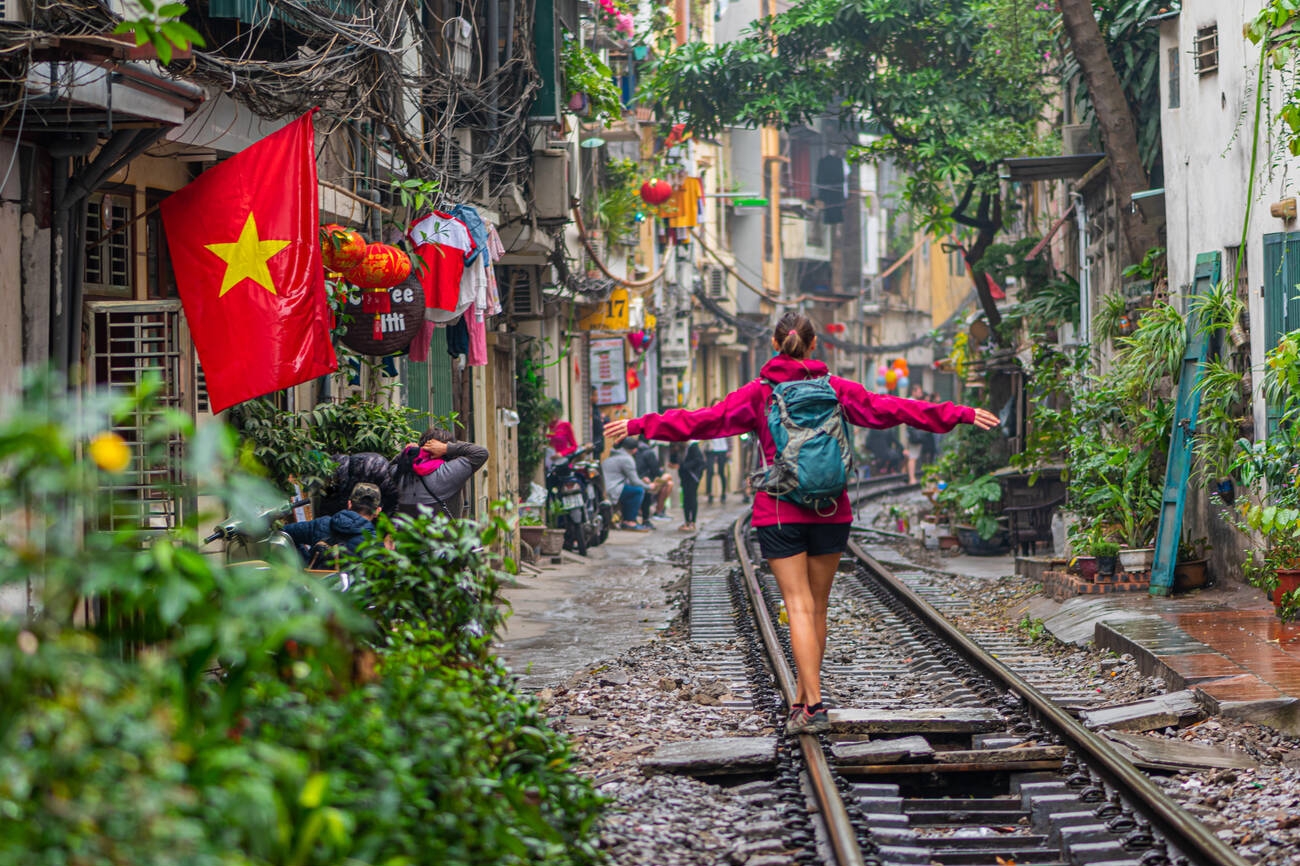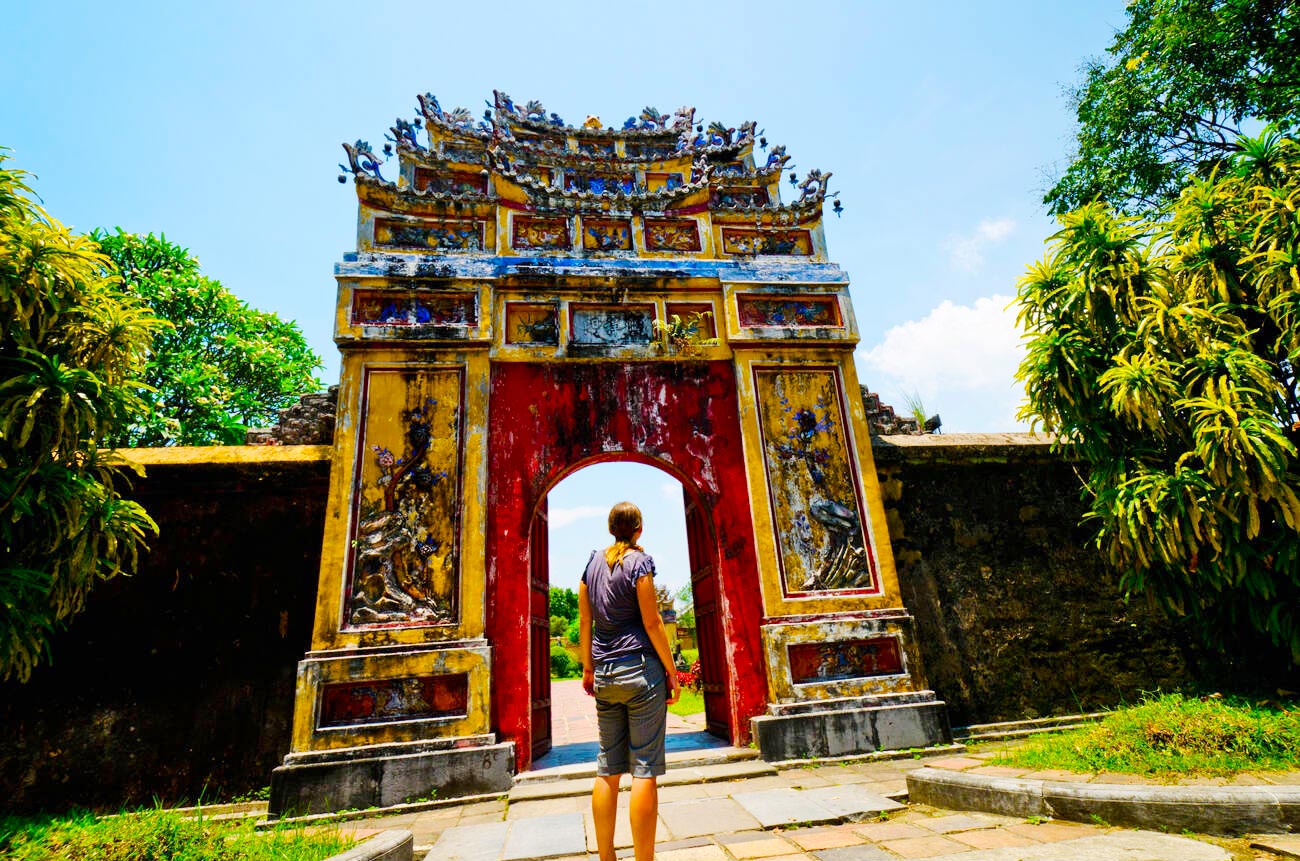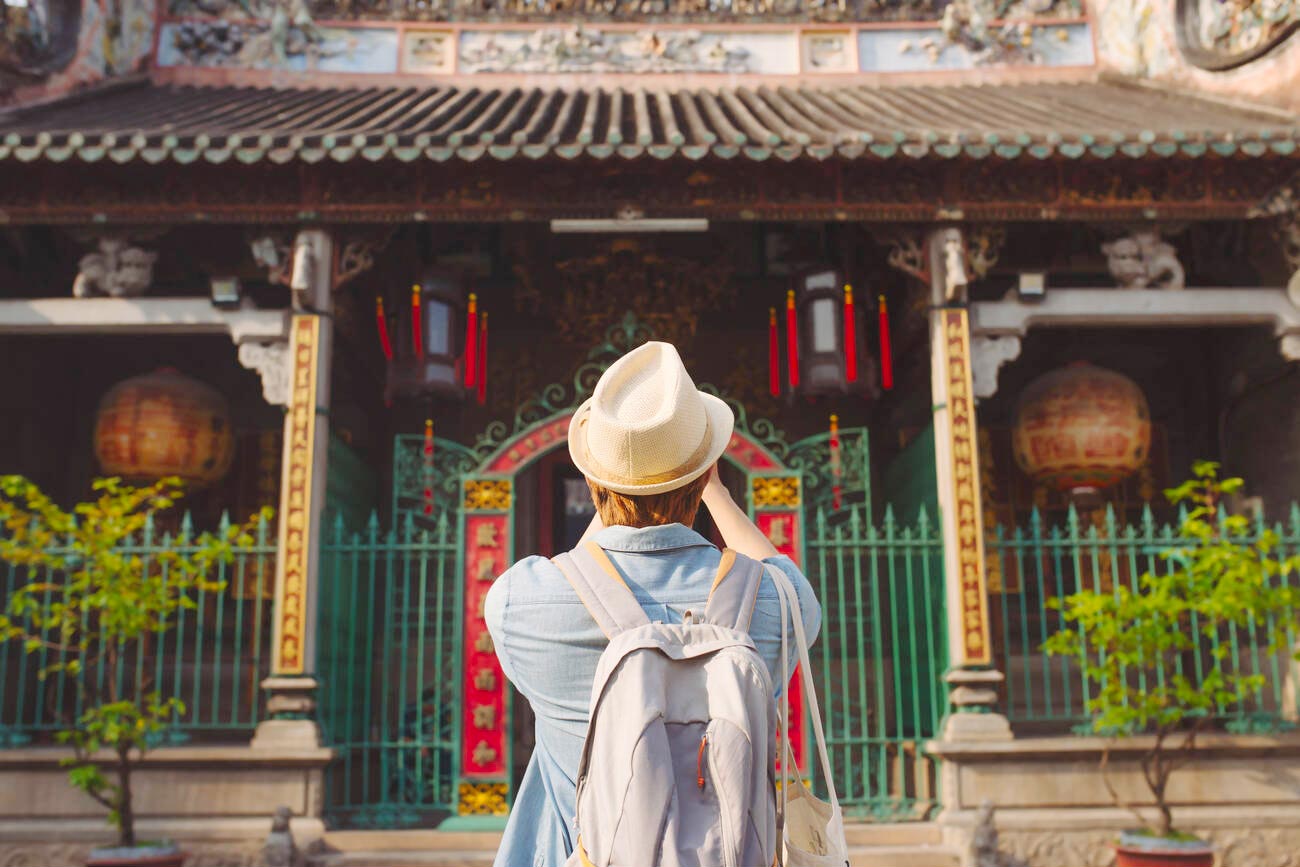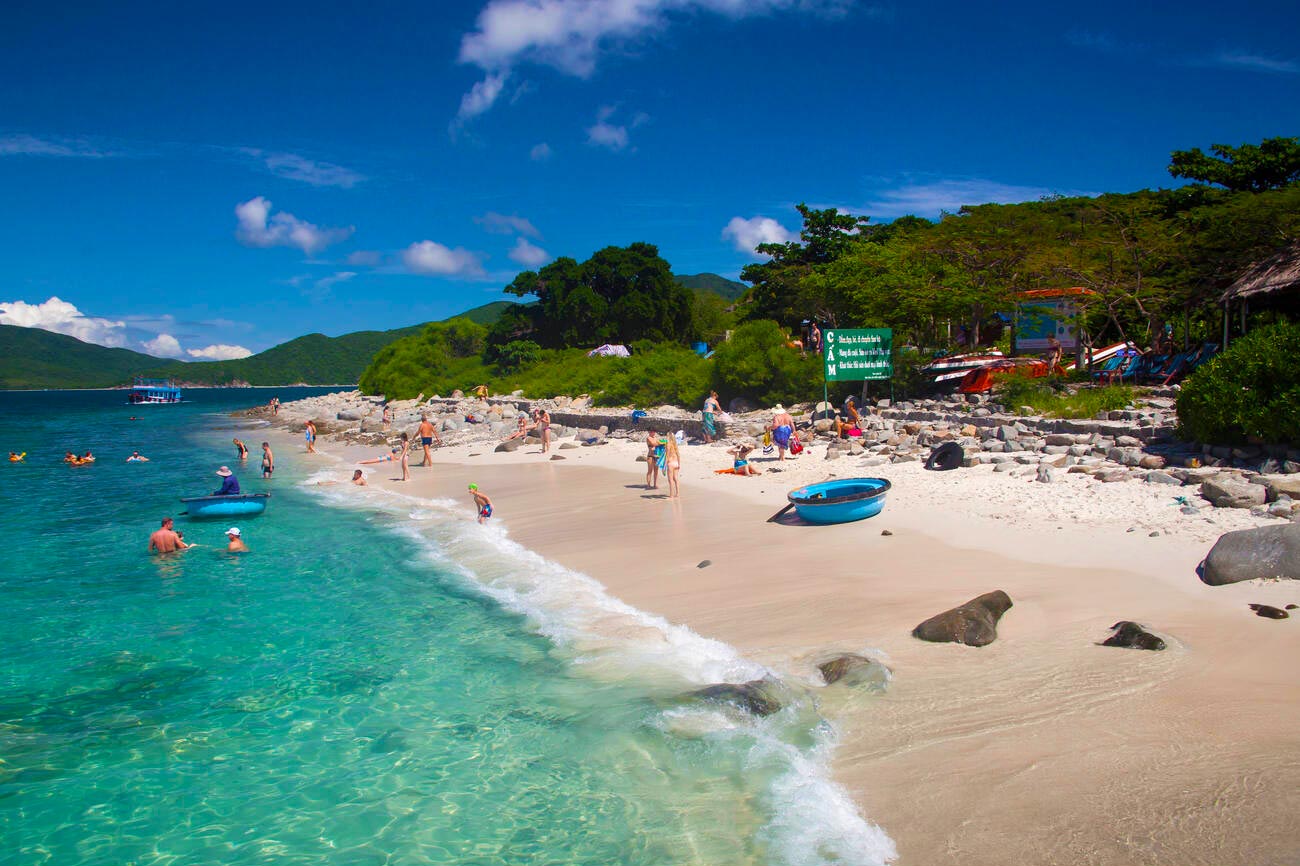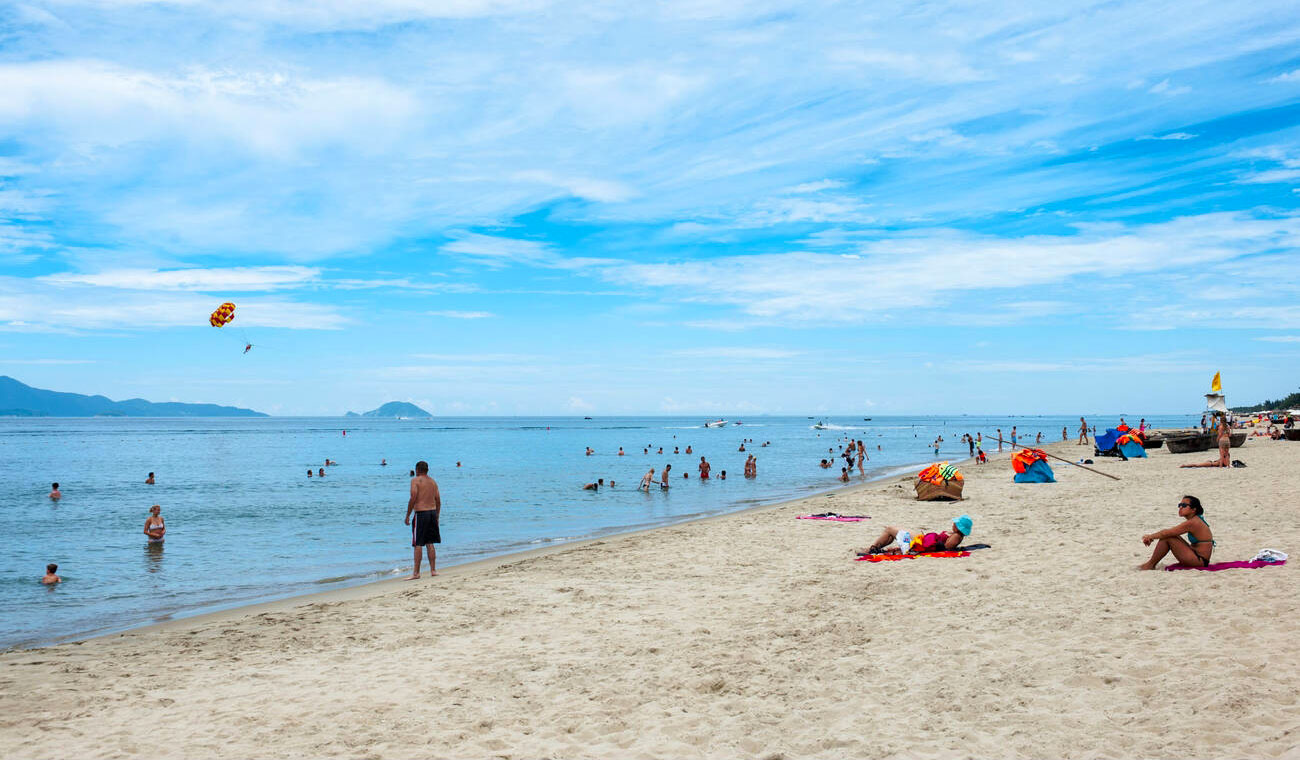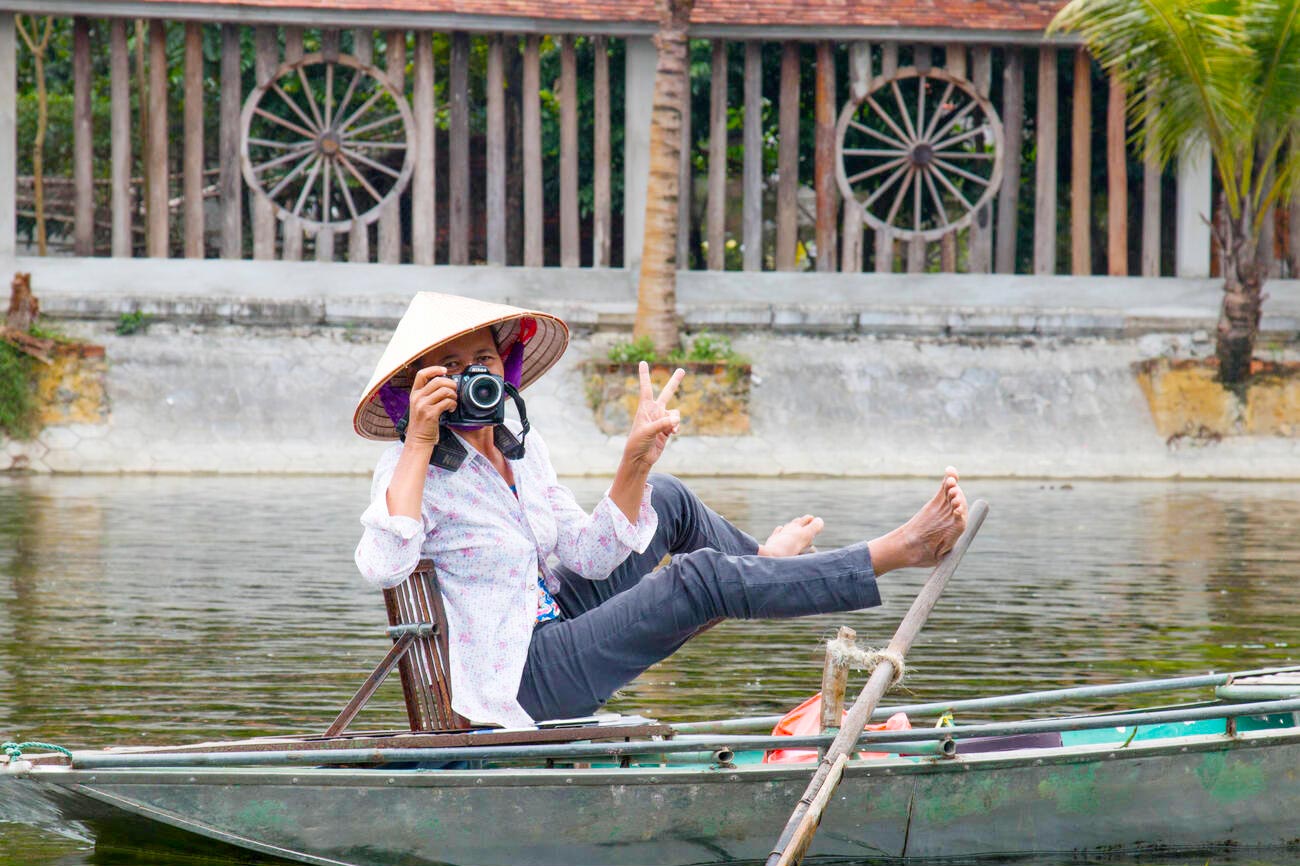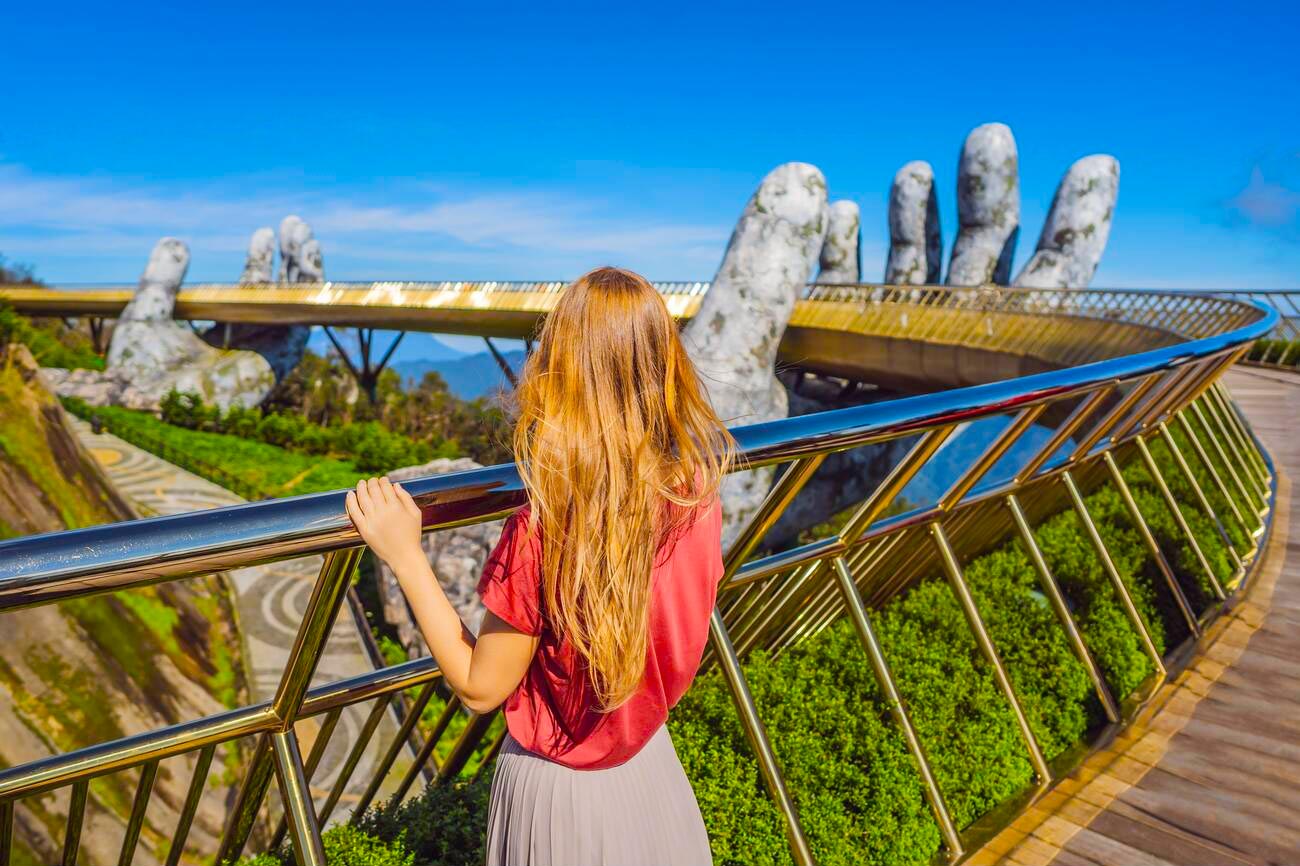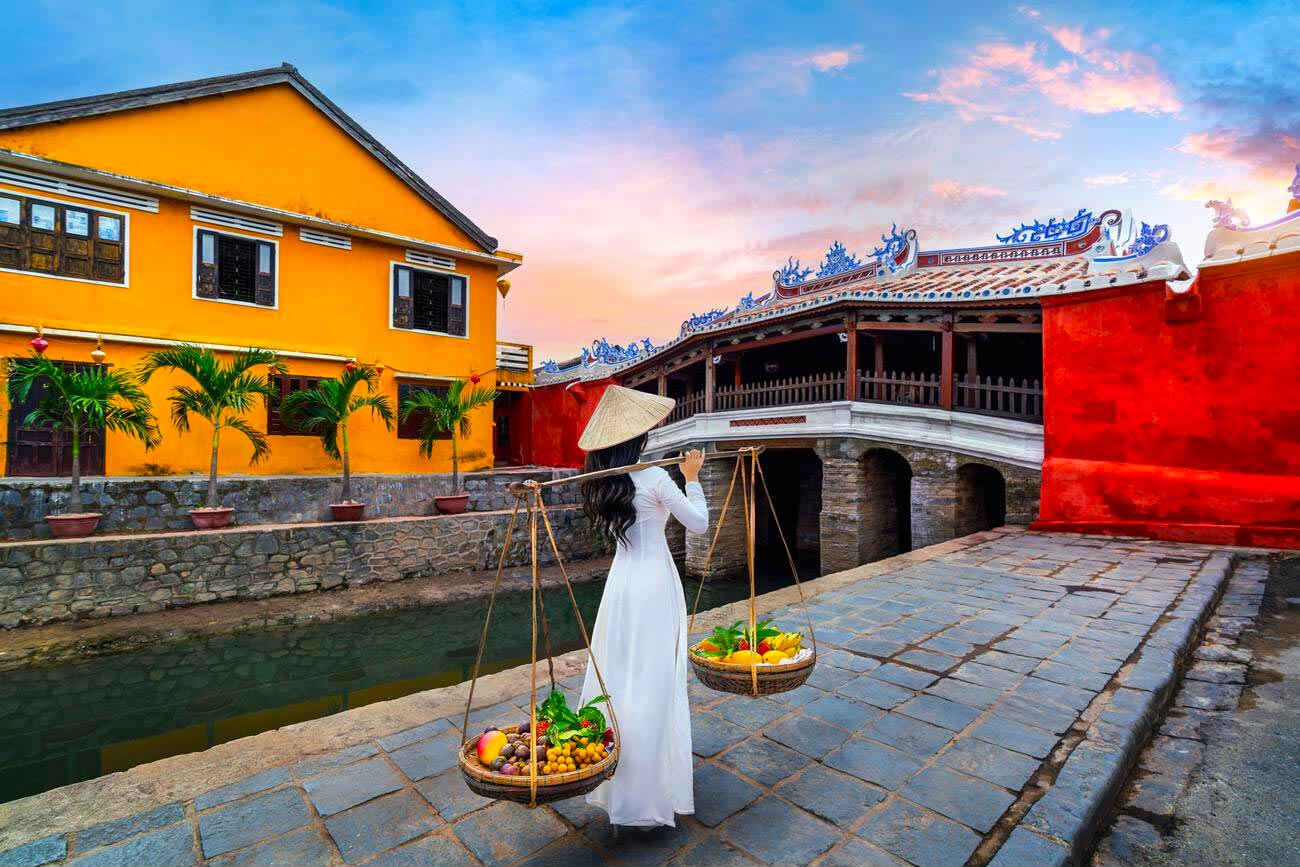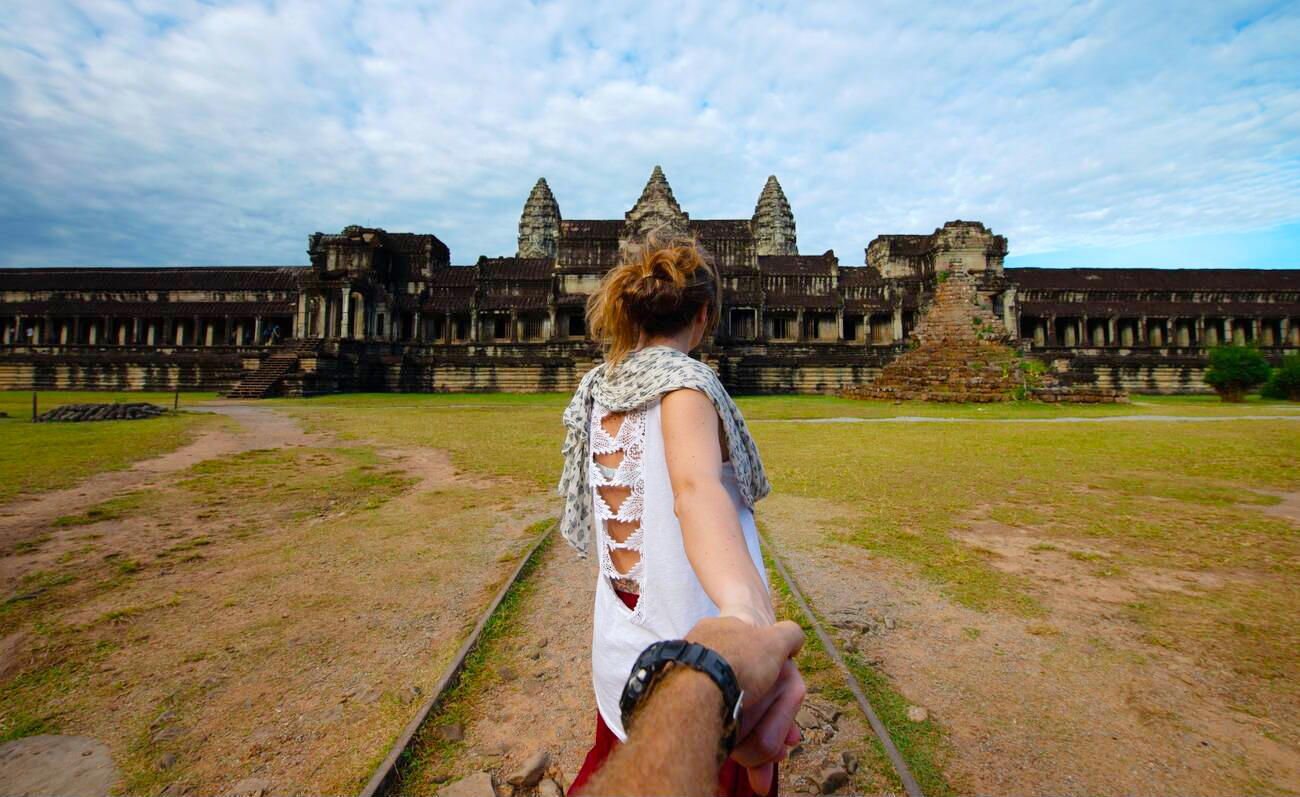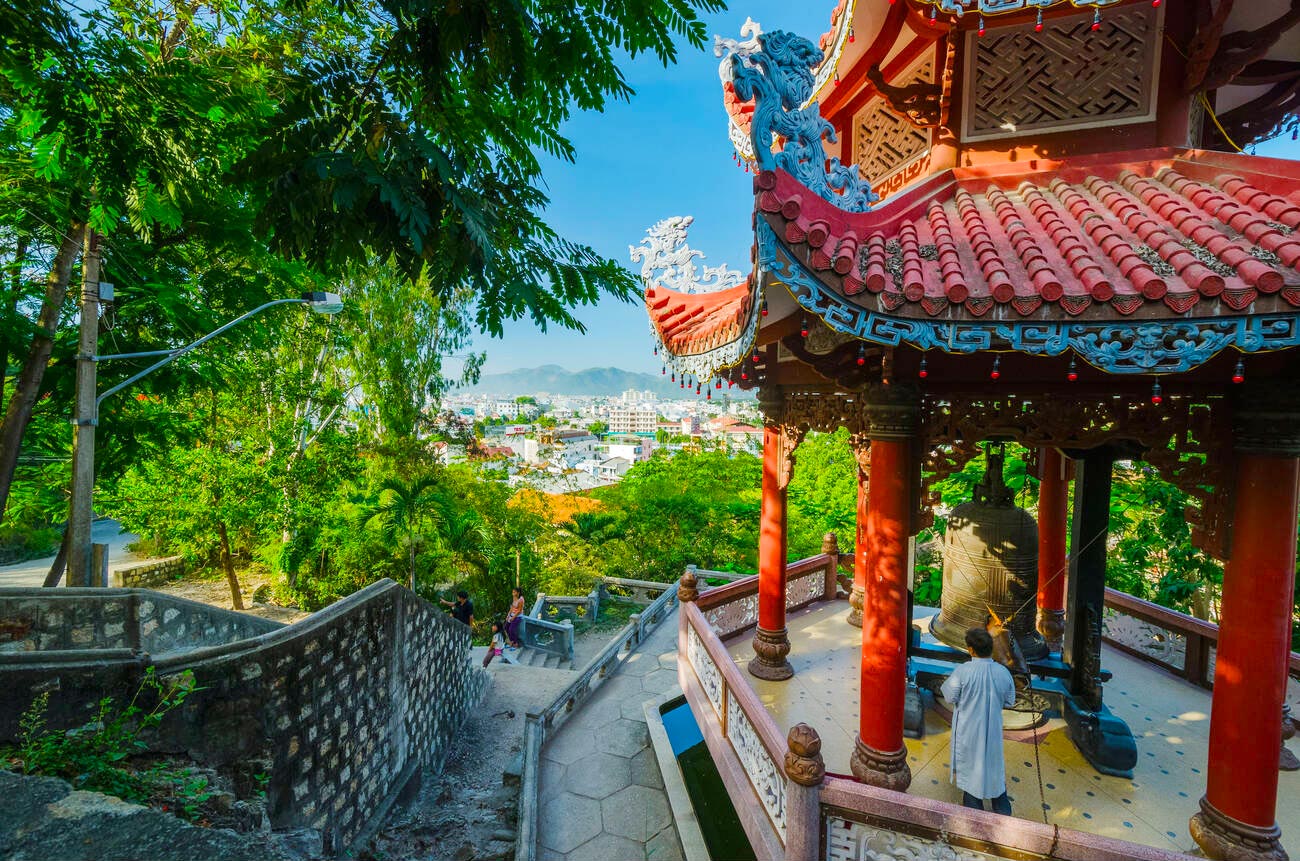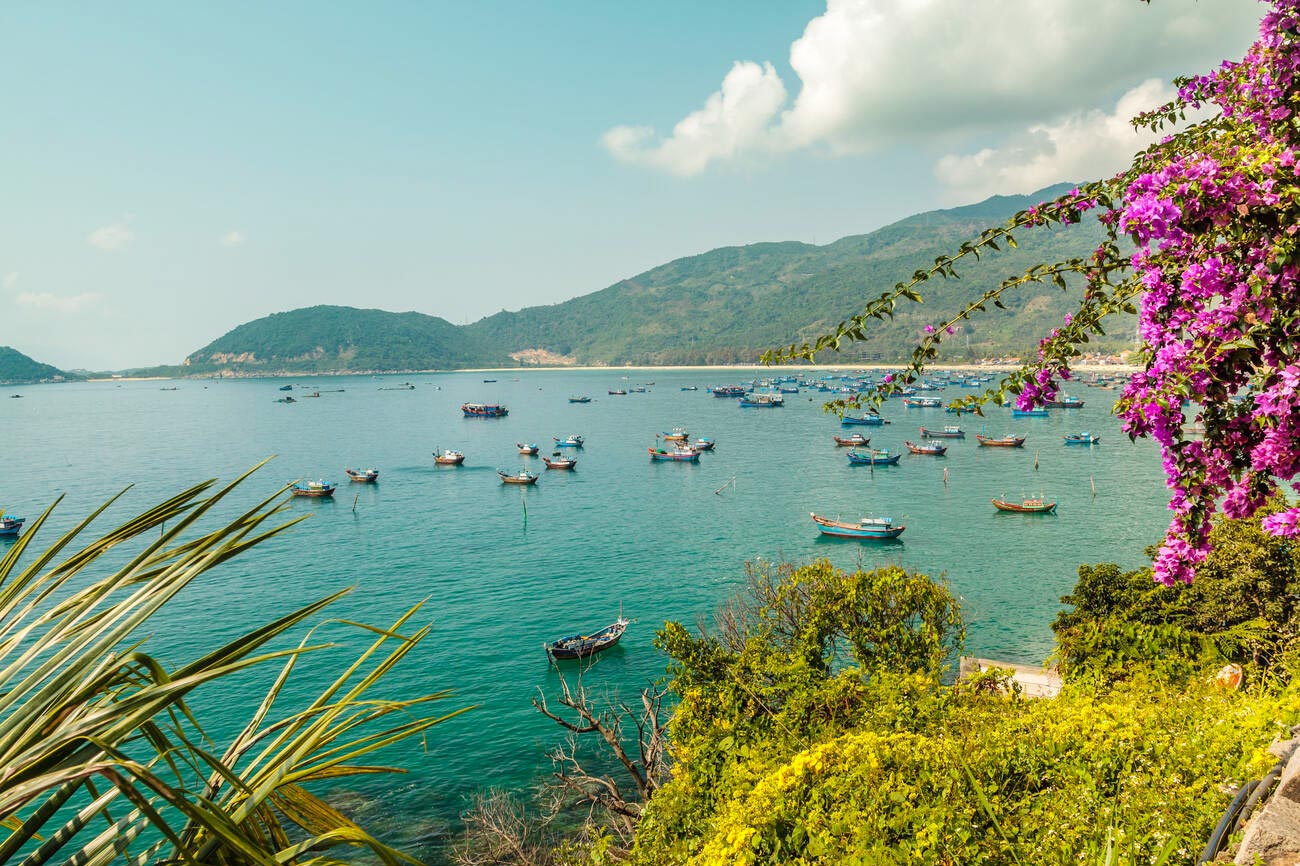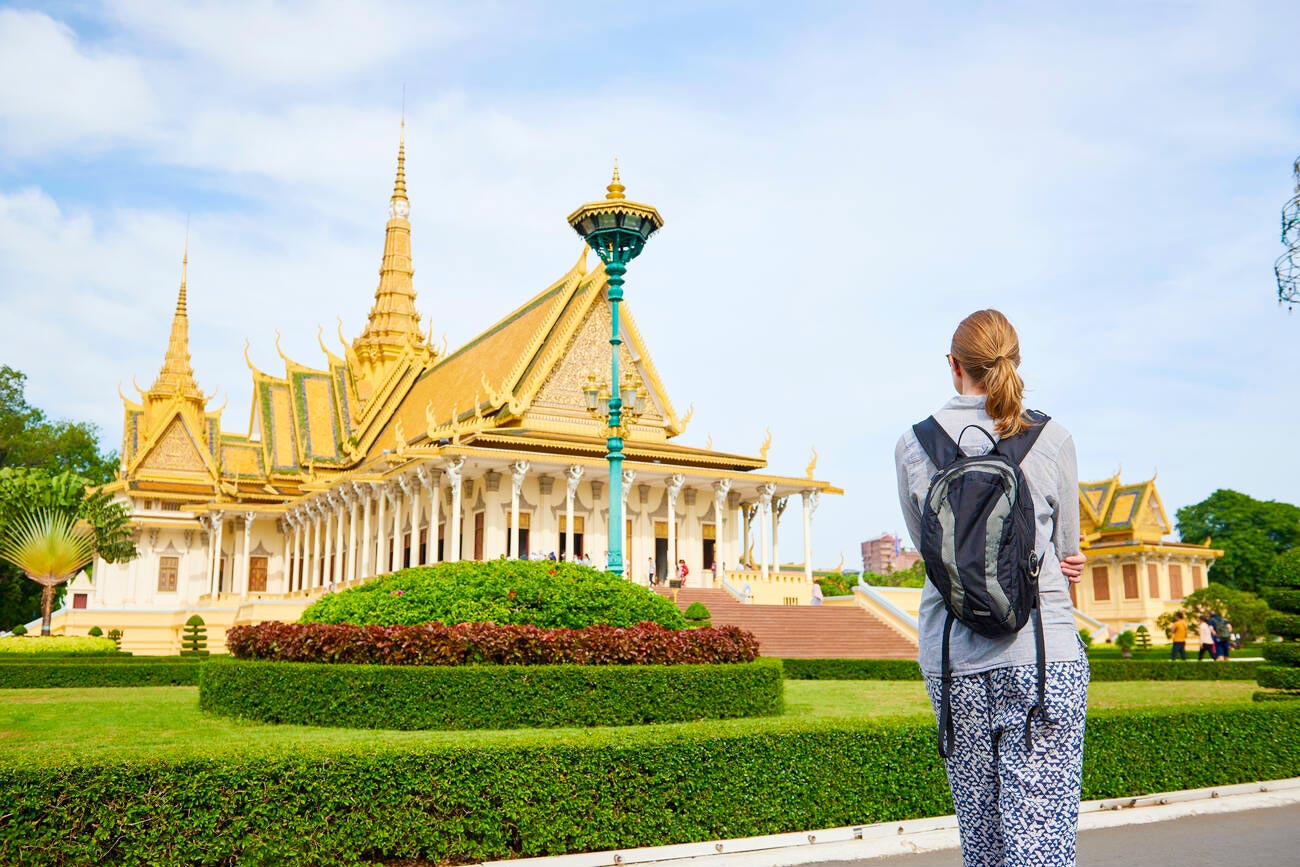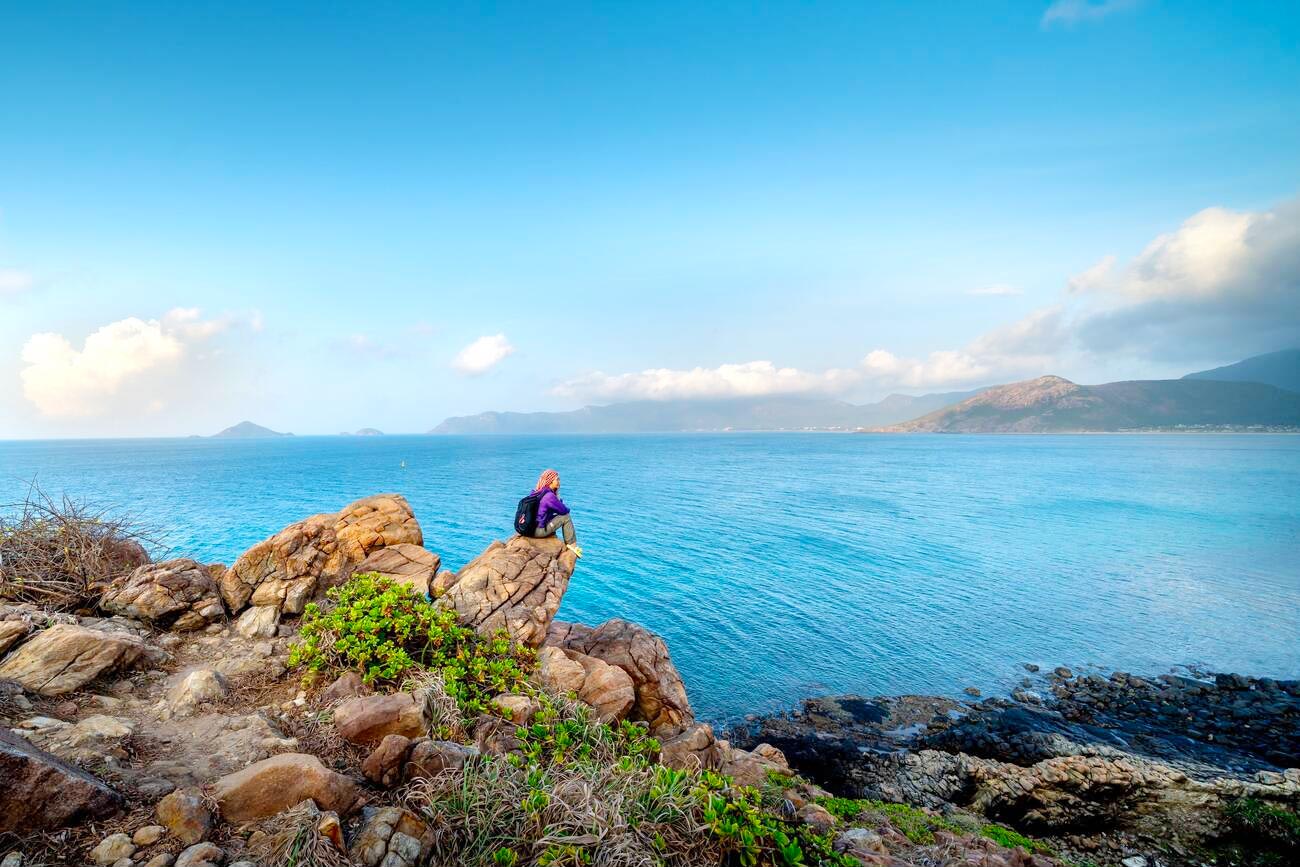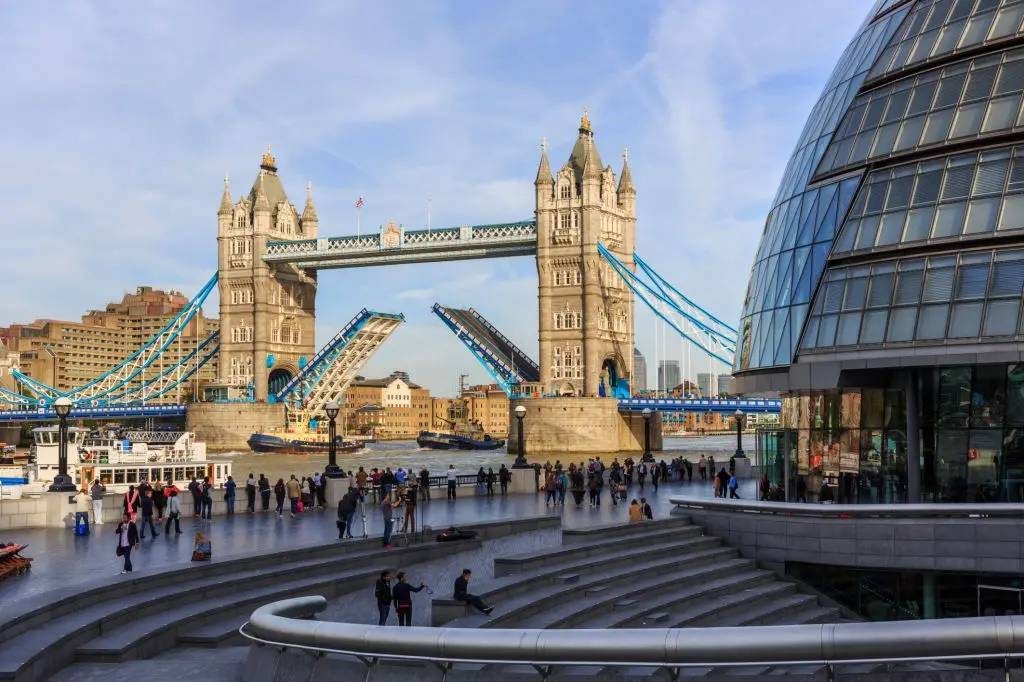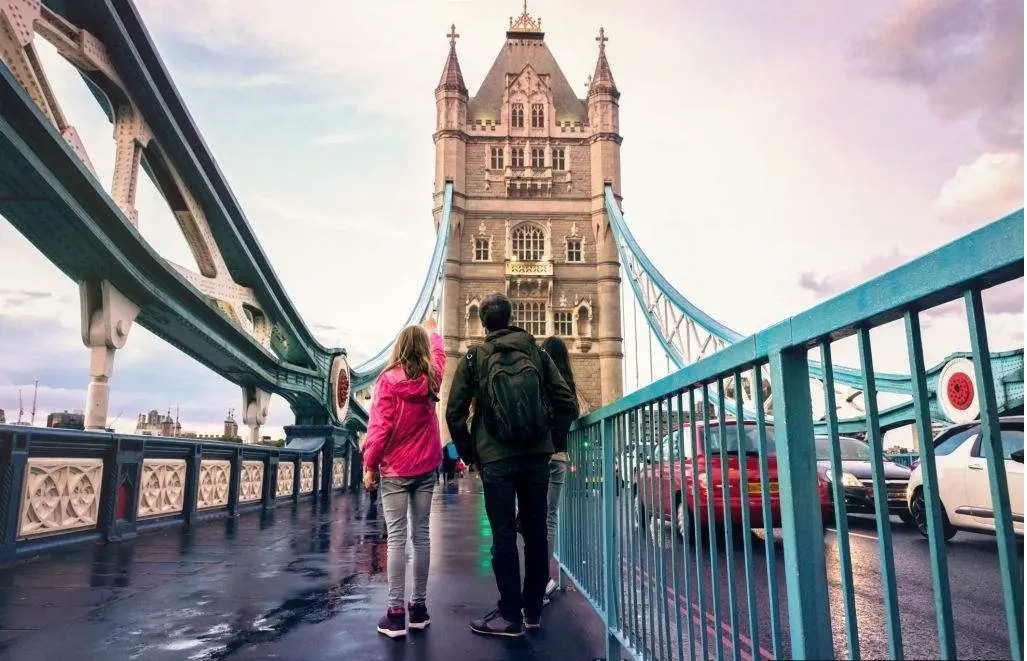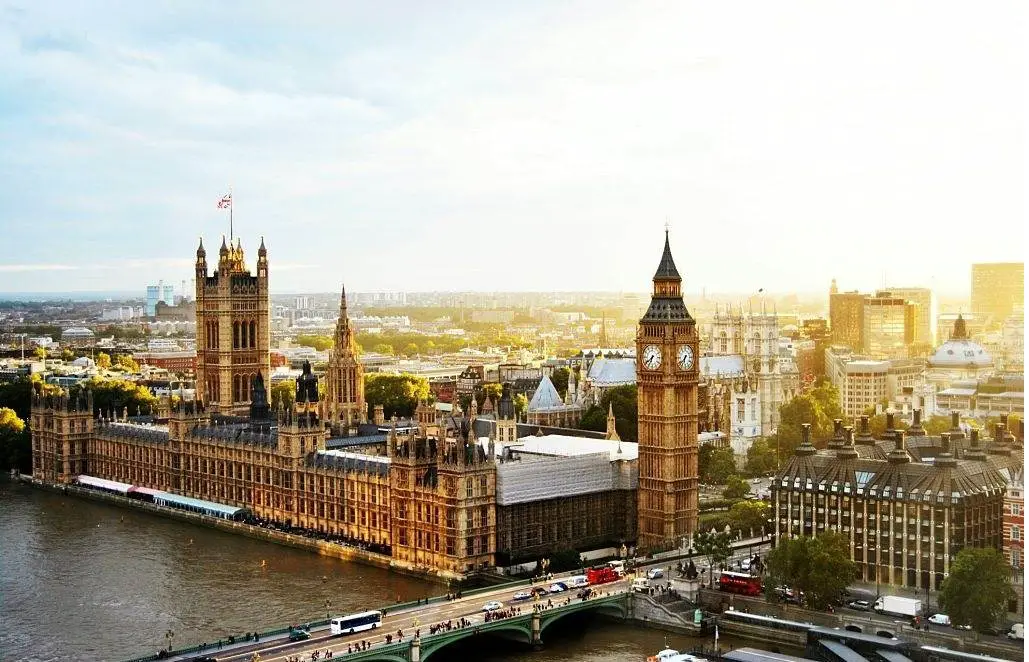Summary
- The Hue Citadel served as the imperial palace for Vietnam’s Nguyễn dynasty.
- Located in Hue along the scenic Perfume River, it’s a UNESCO World Heritage Site.
- Built in 1803, the citadel blends Vietnamese and Confucian architectural styles.
- Features include a 10 km moat, fortified walls, and significant gates like Ngọ Môn.
- Ongoing restoration efforts aim to preserve the citadel amidst modern challenges.
The Hue Citadel is a testament to Vietnam’s rich history and architectural brilliance. Nestled along the serene Perfume River in Hue, this monumental walled enclosure once served as the imperial palace during the Nguyễn dynasty.
Recognized as a UNESCO World Heritage Site in 1993, the Hue Citadel is part of the Complex of Hue Monuments, attracting millions of visitors each year who seek to immerse themselves in its grandeur and historical significance.
General Overview of the Hue Citadel
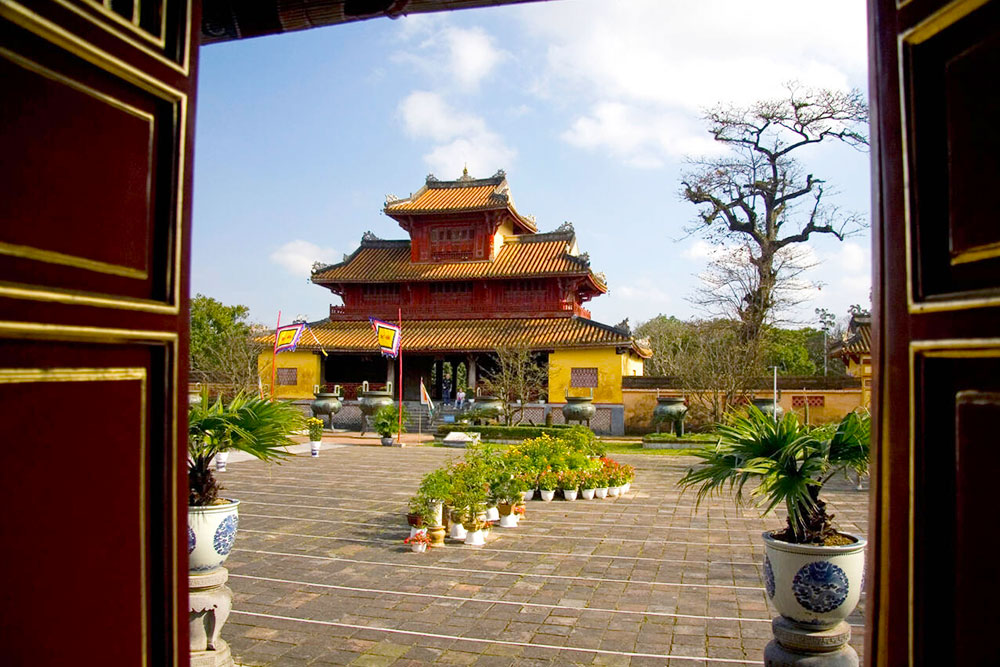
The Hue Citadel is a vast walled enclosure that functioned as the imperial palace for the Nguyễn dynasty, the last ruling family of Vietnam. This grand structure was not only the political heart of the empire but also a cultural and ceremonial hub, reflecting the dynasty’s power and sophistication.
- Location
The citadel lies along the picturesque Perfume River in the heart of Hue, Vietnam. This strategic location provided natural defense and a scenic backdrop, enhancing the citadel’s prominence and accessibility. Hue, once the imperial capital, remains a vital cultural and historical center in Vietnam, with the citadel at its core.
- UNESCO Designation
In 1993, the Hue Citadel was designated a UNESCO World Heritage Site as part of the Complex of Hue Monuments. This recognition underscores its global significance, highlighting its exceptional architectural value and role in Vietnam’s history. The UNESCO status has also spurred efforts to preserve and restore the citadel, ensuring its legacy endures for future generations.
Historical Background of the Hue Citadel
The construction of the Hue Citadel began in 1803 under Emperor Gia Long, the founder of the Nguyễn dynasty. After relocating the capital from Thăng Long (modern-day Hanoi), Gia Long envisioned a grand imperial city rivaling other ancient capitals. The construction spanned several decades, involving thousands of laborers and artisans who meticulously built the citadel’s intricate structures and fortified walls.
The design of the Hue Citadel was heavily influenced by Beijing’s Forbidden City, reflecting the Nguyễn dynasty’s desire to align Vietnam with the grandeur of other Asian empires. However, it also incorporated Confucian and traditional Vietnamese architectural elements, creating a unique blend that symbolizes the cultural synthesis of the period. This fusion is evident in the citadel's buildings' layout, decorative motifs, and functional design.
Throughout history, the Hue Citadel has been the stage for numerous significant events. During colonial times, it served ceremonial purposes, hosting essential state functions and diplomatic gatherings. The citadel also endured considerable damage during the Indochina Wars, particularly during the Vietnam War, when it was the site of intense battles. Restoration efforts have since aimed to repair and preserve the damage inflicted, allowing the citadel to regain much of its former glory.
Architectural Features Inside the Hue Citadel
One of the most striking features of the Hue Citadel is its extensive moat and fortified walls. The moat stretches approximately 10 kilometers around the citadel, serving defensive and aesthetic purposes. The walls, about 2 meters thick, were constructed using local materials and traditional techniques, providing robust protection against potential invaders. These defensive structures are a testament to the strategic planning and engineering prowess of the Nguyễn dynasty.
The citadel’s design is a harmonious blend of functionality and beauty. It encompasses multiple gates, courtyards, gardens, and palace complexes, each meticulously planned to reflect imperial authority and aesthetic elegance. The Purple Forbidden City, the inner sanctum of the citadel, is particularly noteworthy for its intricate designs and symbolic significance, representing the emperor’s supreme power and divine right to rule.
The Hue Citadel features several notable gates, each with historical and architectural significance. The South Gate, known as Ngọ Môn, is the main entrance and is traditionally used for grand ceremonies and official processions. The East Gate, Chính Đông Môn, is another key entrance that played a crucial role in the citadel’s defense and accessibility. These gates are adorned with elaborate carvings and symbolic decorations, reflecting the cultural and historical narratives of the Nguyễn dynasty.
Significant Structures within the Citadel
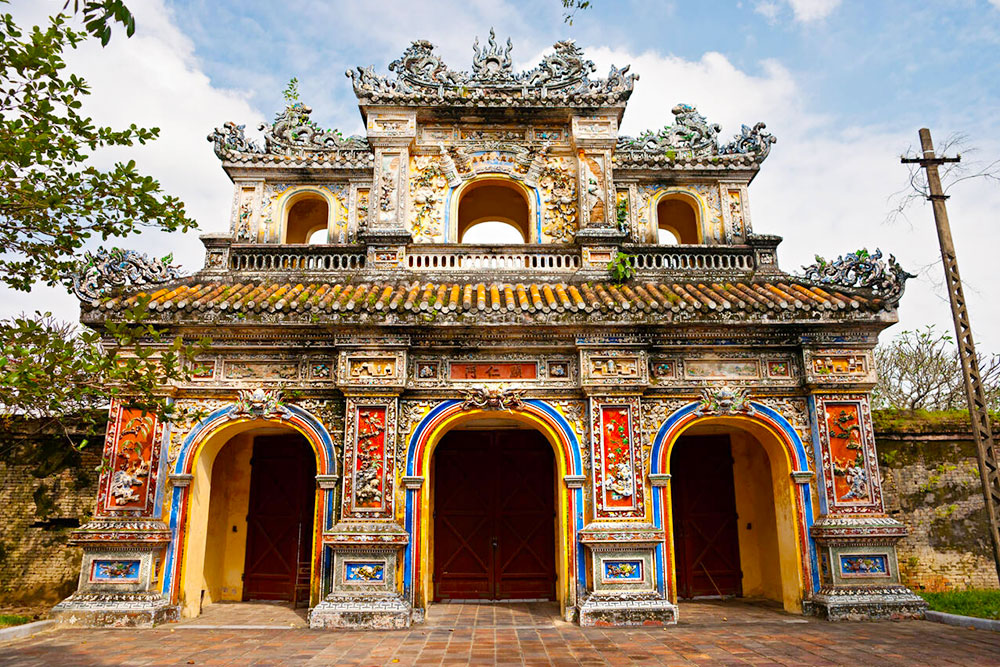
1. Imperial Palaces
At the heart of the Hue Citadel lie the Imperial Palaces, which housed the emperors, their families, and governmental offices. These palaces are masterpieces of traditional Vietnamese architecture, featuring ornate decorations, spacious courtyards, and elegant pavilions. The layout of the palaces is designed to facilitate governance, with specific areas dedicated to administrative functions, ceremonial events, and private residences.
2. Temples and Shrines
The Hue Citadel is home to several important religious sites, including the Triệu Miếu (Chao Temple) and the Thái Miếu (Royal Ancestral Temple). These temples and shrines are integral to the citadel’s spiritual and cultural life, serving as places for worship, ancestral veneration, and state rituals. The architectural design of these religious structures incorporates traditional motifs and symbols, emphasizing their sacred significance.
3. Functionality
Originally, the Hue Citadel served both governance and ceremonial purposes. Its design balances security and aesthetics, with fortified walls and strategic defenses ensuring protection, while the elaborate architectural elements highlight the empire’s cultural sophistication. The citadel was meticulously planned to facilitate the smooth functioning of the imperial administration, providing spaces for governance, ceremonial events, and daily activities of the royal household.
Preservation and Restoration Efforts
Today, the Hue Citadel is undergoing ongoing restoration initiatives to preserve its historical integrity and cultural significance. These efforts involve meticulous repairs to damaged structures, restoration of original architectural elements, and implementation of modern conservation techniques. The goal is maintaining the citadel’s authenticity while ensuring its structural stability for future generations.
The preservation of the Hue Citadel faces several challenges, including urbanization, climate change, and historical neglect. Rapid urban development in Hue threatens the surrounding environment and puts pressure on the citadel’s infrastructure. Climate change poses risks such as flooding and erosion, damaging ancient structures. Historical neglect, particularly during periods of conflict, has left parts of the citadel in disrepair, necessitating extensive restoration efforts.
Looking ahead, there are comprehensive plans to enhance tourism while ensuring the conservation of the Hue Citadel. These plans balance accessibility with preservation, allowing visitors to experience the citadel’s beauty without compromising its integrity. Future initiatives include improving visitor facilities, expanding educational programs, and fostering international cooperation for conservation. The aim is to preserve the citadel’s authenticity while making it more accessible and engaging for tourists worldwide.
Visitor Information for the Hue Citadel
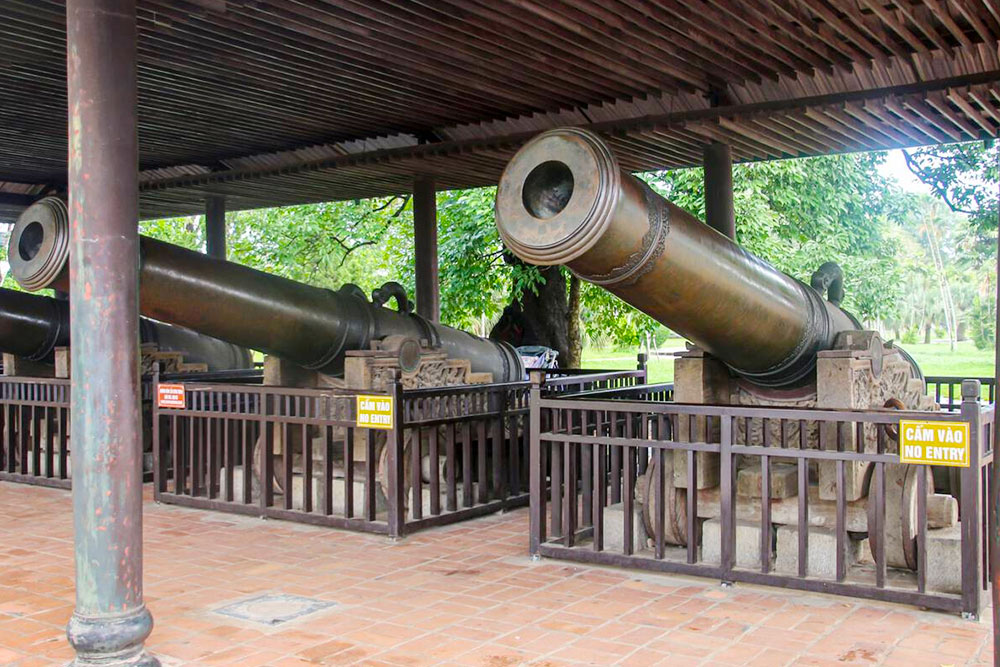
- Accessibility: The Hue Citadel is a popular tourist destination, often included in heritage tours throughout Vietnam. Its central location in Hue makes it easily accessible by various modes of transportation, including buses, taxis, and private vehicles. The citadel is well-connected to other major attractions in Hue, allowing visitors to explore the city’s rich cultural and historical sites conveniently and efficiently.
- Visitor Amenities: To enhance the visitor experience, the Hue Citadel offers a range of amenities and facilities. Guided tours are available, providing insightful information about the citadel’s history, architecture, and cultural significance. Informational plaques are strategically placed throughout the site, offering detailed explanations of various structures and landmarks. Additionally, preservation exhibitions highlight the citadel’s rich history and ongoing restoration efforts, allowing visitors to understand its heritage better.
Conclusion
The Hue Citadel is more than just a historical site; it symbolizes Vietnam’s imperial past and cultural heritage. From its grand architecture and fortified walls to its significant role in governance and ceremonies, the citadel offers a comprehensive glimpse into the Nguyễn dynasty’s legacy. As ongoing preservation and restoration efforts continue to safeguard this monumental site, the Hue Citadel remains a must-visit destination for anyone interested in exploring Vietnam’s rich history and architectural splendor.
Seize the chance to reserve our specially designed Vietnam trips to boost your adventure. Participating in our tours lets you delve into this stunning country's picturesque scenery, diverse cultural legacy, and exceptional sights, ensuring you create lasting and memorable moments.

